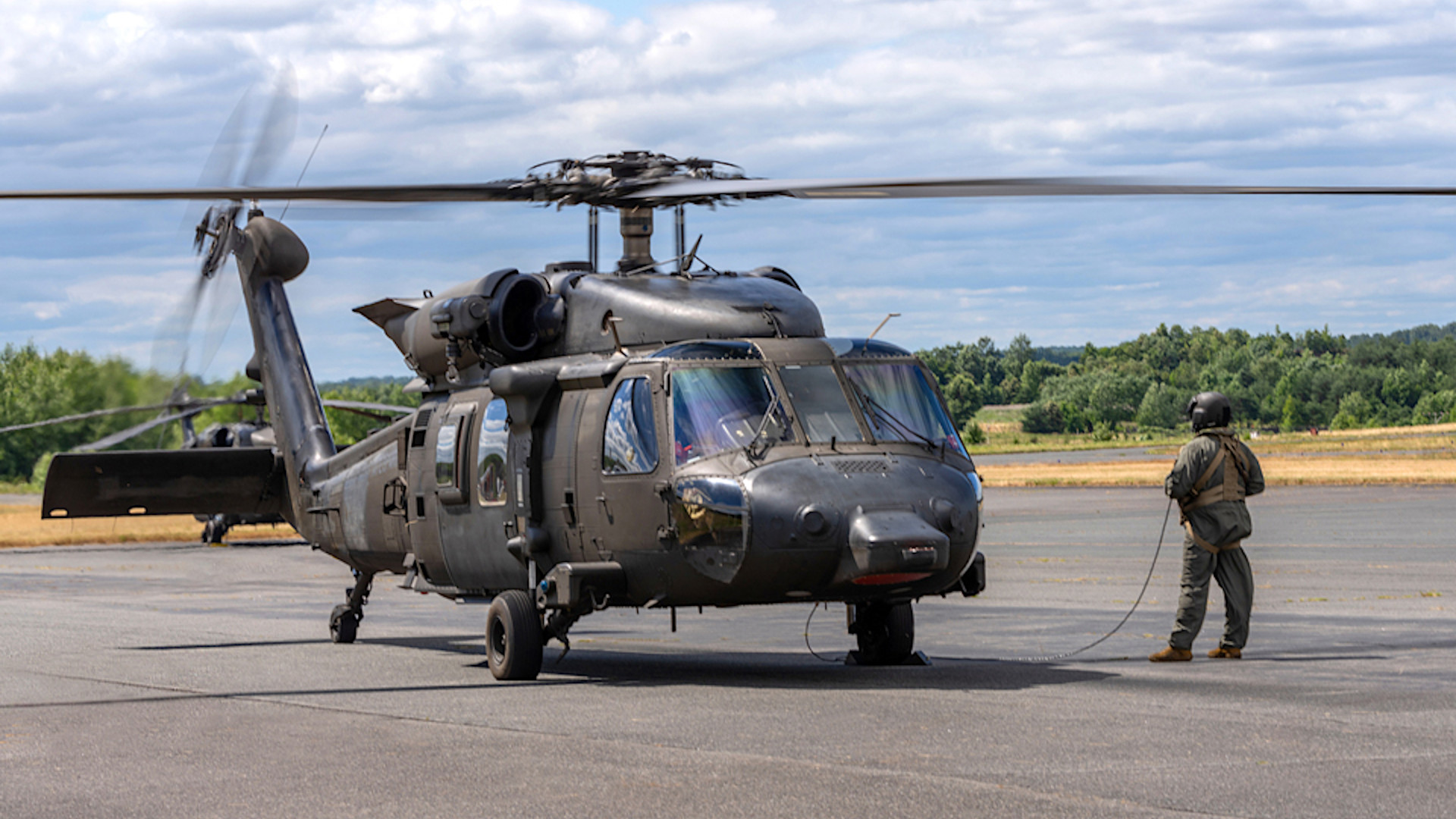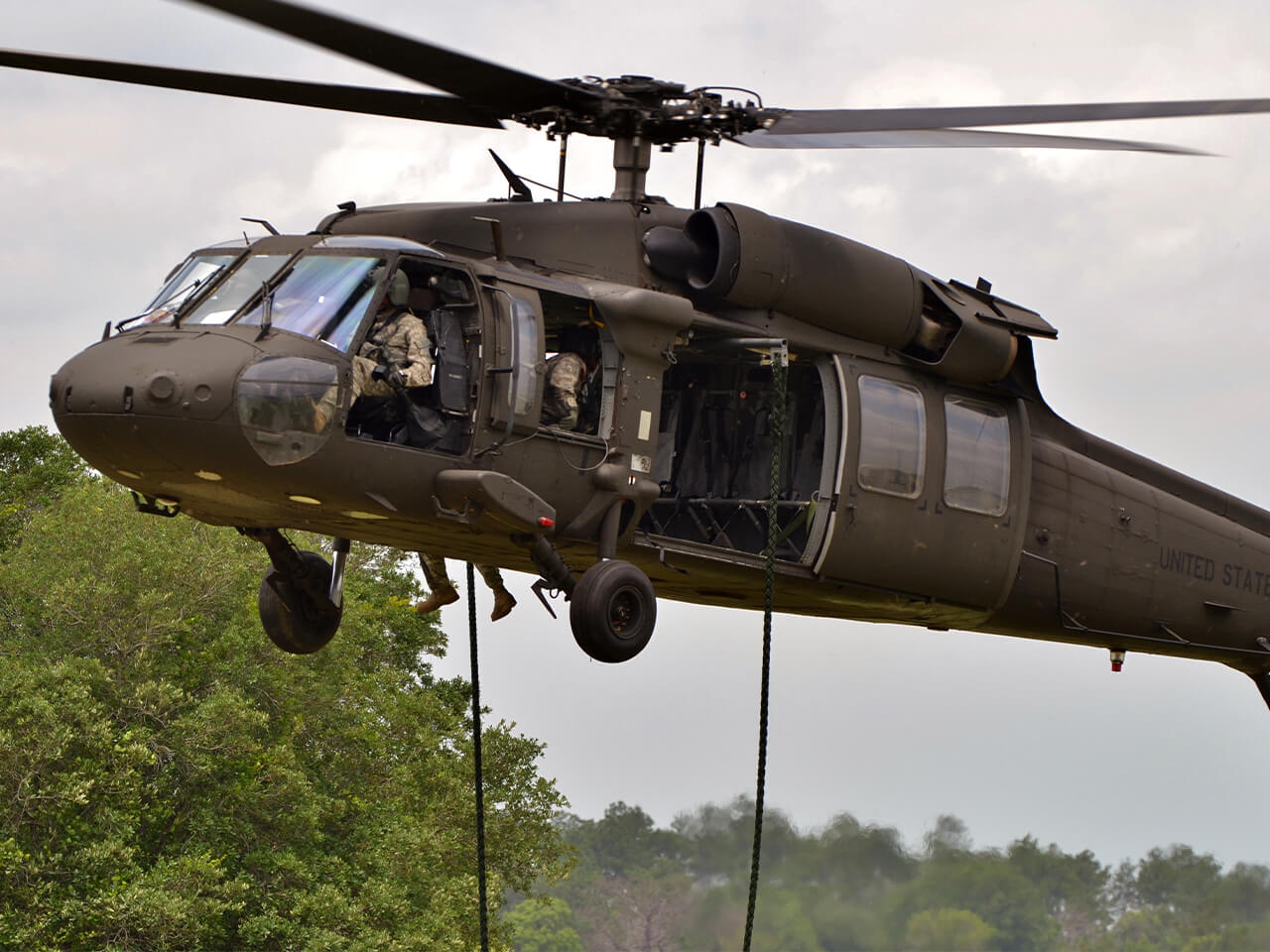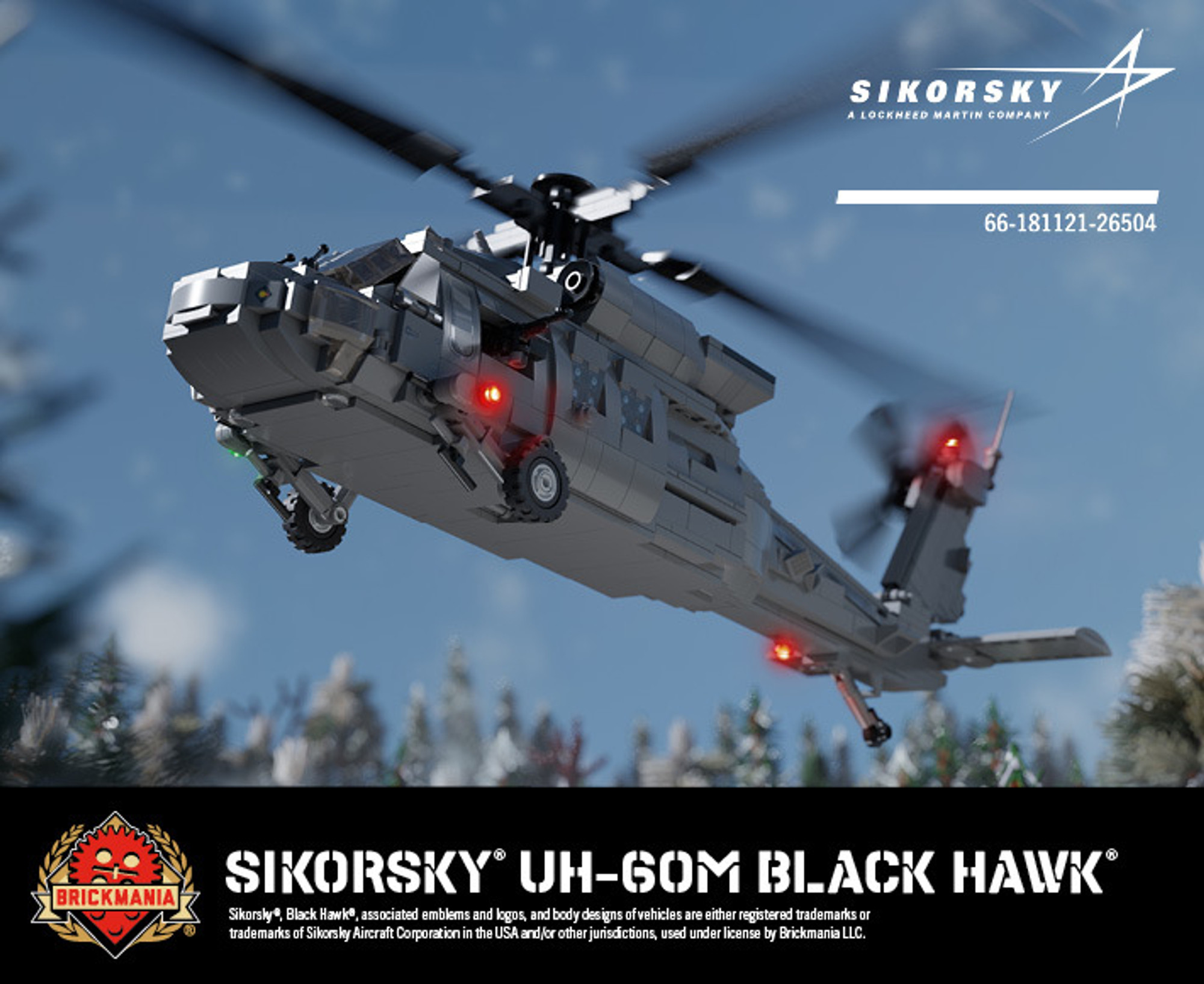Checking Out the Background and Development of the UH 60 Helicopter

Beginnings of the UH-60
The origins of the UH-60 helicopter can be mapped back to the late 1960s, a period marked by the requirement for a flexible energy airplane that might adapt to the progressing demands of modern warfare. The U.S. Military identified the necessity for a replacement for the older UH-1 Iroquois, which was becoming significantly inadequate for the complexities of contemporary combat scenarios. In 1967, the Military launched the Energy Tactical Transportation Airplane System (UTTAS) program, which sought to develop a multi-role helicopter capable of various missions, including troop transport, medical evacuation, and logistical support.
The style competitors drew in several aerospace producers, yet it was Sikorsky Aircraft Corporation that ultimately safeguarded the agreement in 1972. The UH-60 Black Hawk was presented, showcasing innovative design components and progressed innovation that established it besides its predecessors. Its first trip took place in 1974, and the aircraft was formally taken on by the Military in 1979. The UH-60 swiftly gained recognition for its durable performance, integrity, and flexibility, leading the way for its extensive usage in armed forces operations and solidifying its status as a keystone of U.S. Military aeronautics.
Trick Style Attributes
Cutting-edge design functions of the UH-60 Black Hawk considerably add to its operational performance. One of one of the most noteworthy elements is its twin-engine configuration, which improves integrity and offers a greater power-to-weight proportion, enabling the helicopter to execute under various conditions. The airplane's four-blade main rotor system uses enhanced lift and maneuverability, necessary for tactical goals.

In addition, the cockpit is developed for optimum exposure and ergonomics, including advanced avionics that streamline pilot procedures. The modular design of the UH-60 permits for simple upkeep and adaptability, making it ideal for various goal profiles, from troop transport to medevac operations. These vital style features ensure that the UH-60 Black Hawk stays a dependable and flexible possession in army air travel, with the ability of fulfilling the needs of modern war.
Technical Advancements
Recent technical advancements in the UH-60 Black Hawk have actually significantly improved its functional capabilities and flexibility. The combination of advanced avionics, such as digital trip control systems and enhanced situational understanding displays, allows pilots to operate with enhanced accuracy and performance. These systems help with enhanced navigation, communication, and information sharing, allowing the helicopter to operate effectively in diverse atmospheres.
Furthermore, the introduction of composite products has minimized the general weight of the airplane while maintaining architectural integrity. This reduction boosts gas efficiency and extends functional array. The unification of advanced rotor technology, consisting of the use of four-blade, fully articulated blades website link systems, has actually improved lift performance and maneuverability, allowing for better handling in various trip conditions.

In addition, innovations in propulsion systems, such as the T700-GE-701D engines, have actually increased power outcome and dependability - uh 60. These engines add to exceptional performance in high-altitude and hot-weather conditions
Finally, the integration of self-defense systems and enhanced sensing unit packages boosts the Black Hawk's survivability and goal effectiveness. Collectively, these technical renovations make sure that the UH-60 Black Hawk remains a crucial property in modern-day air travel, efficient in adjusting to the developing demands of humanitarian and army objectives.
Function in Military Procedures
As the backbone of united state Military air travel, the UH-60 helicopter plays a critical function in various armed forces procedures, acting as a versatile system for combat assistance, transport, and medevac missions - uh 60. Its layout incorporates the capacity to run in varied environments, making it crucial for troop activity and logistical assistance in both unusual and traditional war

In clinical evacuation scenarios, the UH-60 has shown invaluable, significantly minimizing the moment to carry damaged soldiers from the field of battle to medical facilities. Its innovative avionics and night vision abilities better make sure goal success under challenging problems. Generally, the UH-60 helicopter remains a vital possession, constantly adjusting to meet the advancing needs of military procedures and enhancing the effectiveness of U.S. pressures worldwide.
Future of the UH-60
Looking in advance, the future of the UH-60 helicopter includes substantial advancements in modern technology and capabilities developed to enhance its operational efficiency. As army operations evolve, the UH-60 is expected to integrate advanced modern technologies, including boosted avionics, improved tools systems, and progressed communication tools. These improvements will enable for higher situational understanding and mission flexibility, making sure that the UH-60 stays a vital possession on the field of battle.
One notable development is the integration of fly-by-wire systems, which will certainly enhance flight control precision and reduce pilot workload. Efforts to upgrade the airframe and engines intend to boost variety, haul, and speed capacity, consequently broadening the helicopter's functional scope.
The future likewise holds promise for boosted interoperability with unmanned aerial systems (UAS), allowing coordinated missions that take advantage of both manned and unmanned abilities. Additionally, the incorporation of expert system and artificial intelligence could optimize trip characteristics and upkeep procedures, leading to decreased operational try this web-site expenses.
Conclusion
The UH-60 Black Hawk helicopter stands for a substantial success in army aviation, progressing from the U.S. Military's preliminary needs for a functional utility airplane. Its cutting-edge layout attributes and continuous technological advancements have actually guaranteed its significance in numerous army procedures over the years. As the needs of modern-day warfare modification, the future of the UH-60 will likely include more improvements and adaptations, reinforcing its standing as an important asset for militaries worldwide.
The UH-60 Black Hawk helicopter stands for a substantial milestone in military aeronautics, arising from the U.S. Army's pursuit for a much more reliable and versatile energy aircraft in the late 20th century.The beginnings of the UH-60 helicopter can be traced back to the late 1960s, a duration noted by the need for a versatile energy airplane that can adjust to the evolving needs of modern warfare. On the whole, the UH-60 helicopter stays a crucial asset, continuously adapting to meet the evolving needs of military procedures and boosting the performance of United state pressures worldwide.
Looking ahead, the future of the UH-60 helicopter involves considerable advancements in technology and capacities designed to boost its functional efficiency.The UH-60 Black Hawk helicopter represents a significant accomplishment in armed forces aviation, developing from the U.S. Army's first needs for a versatile utility airplane.